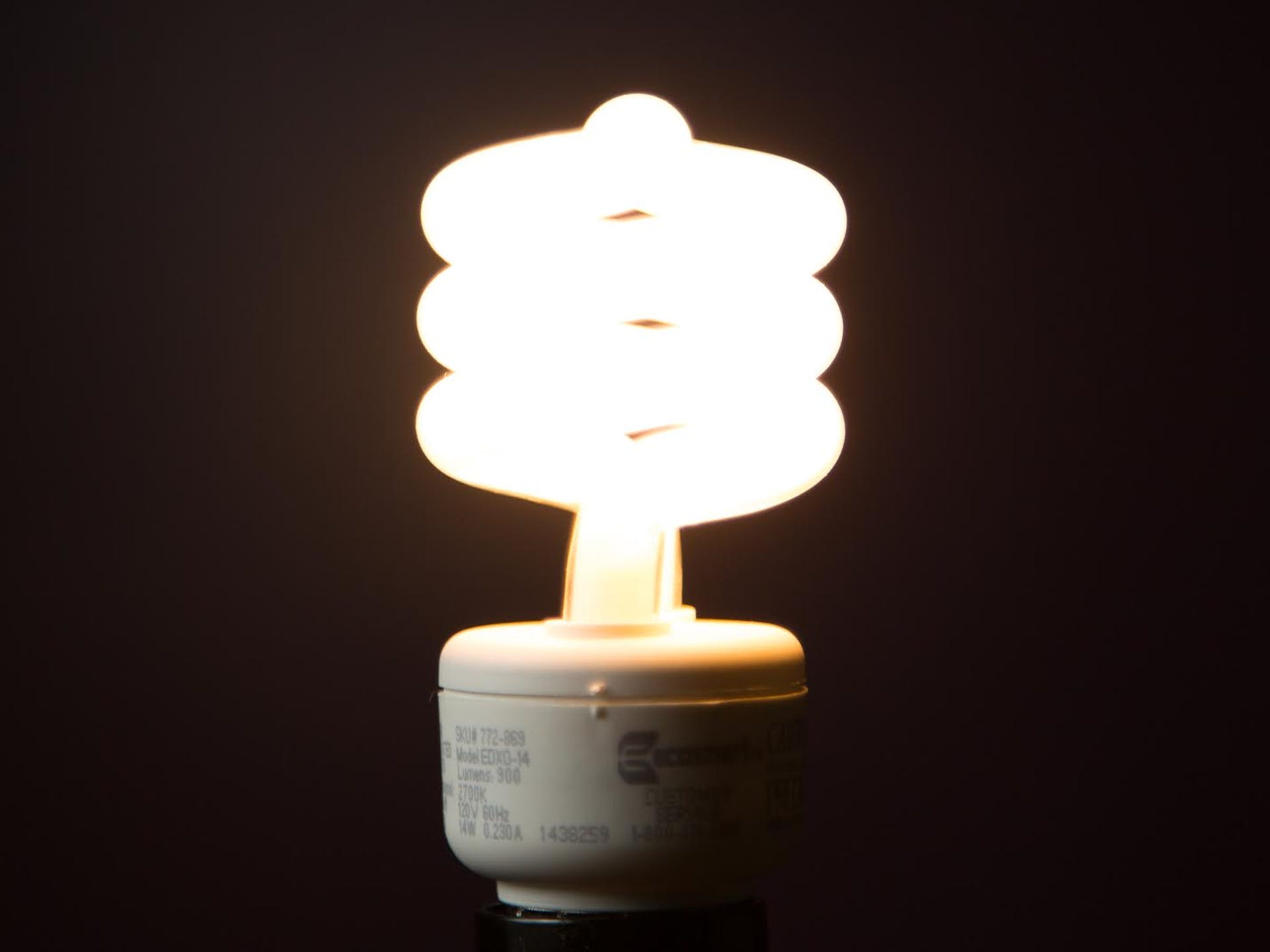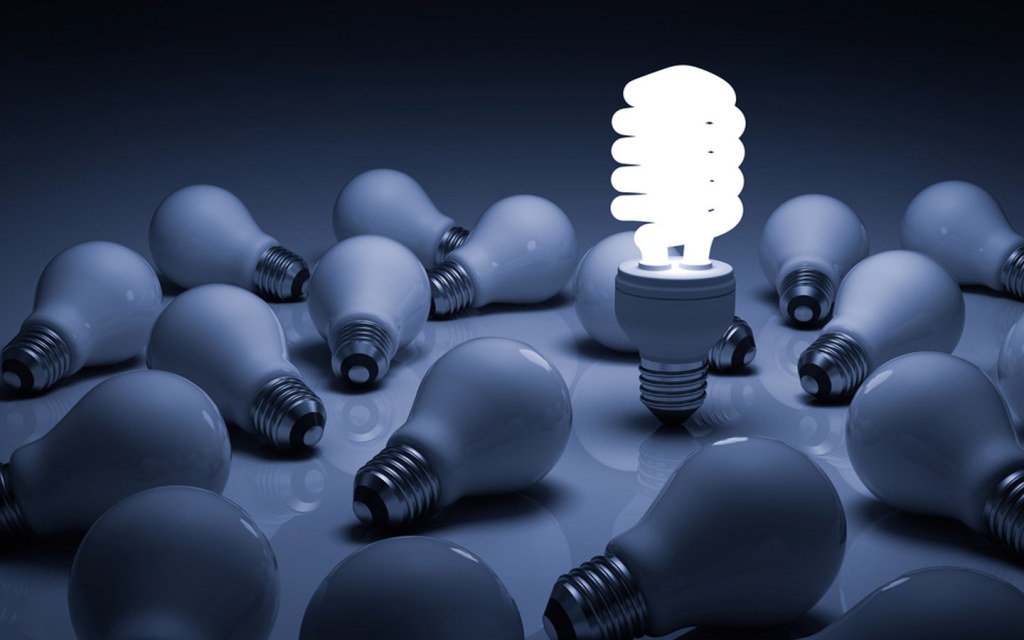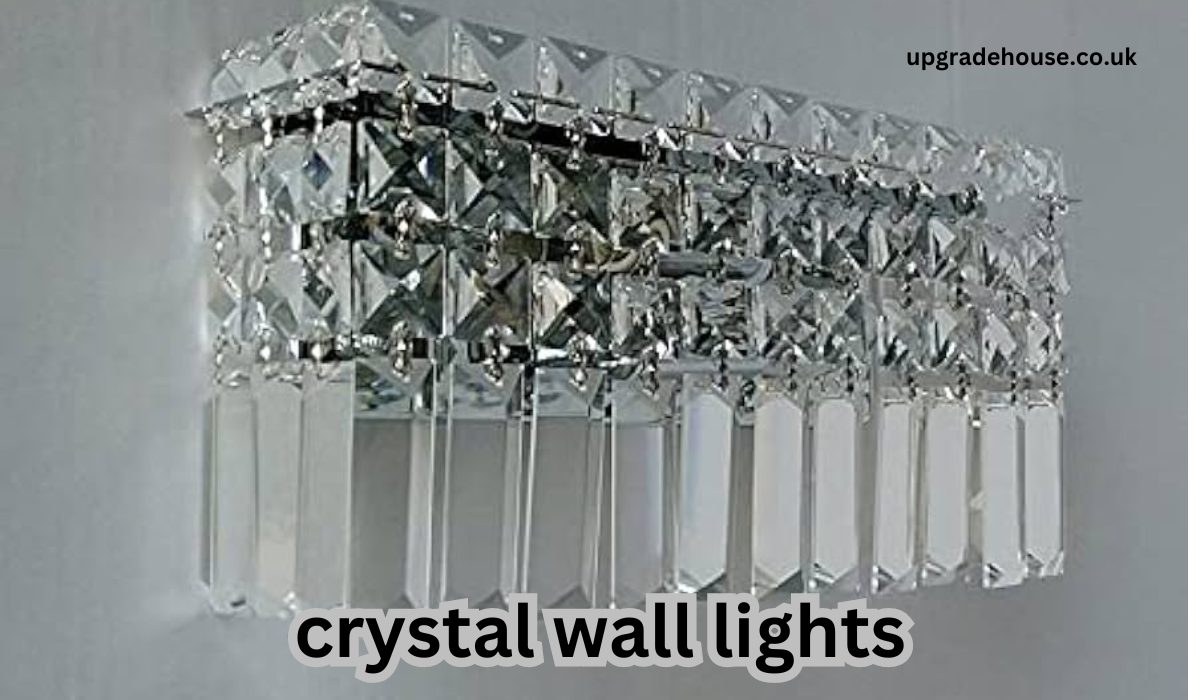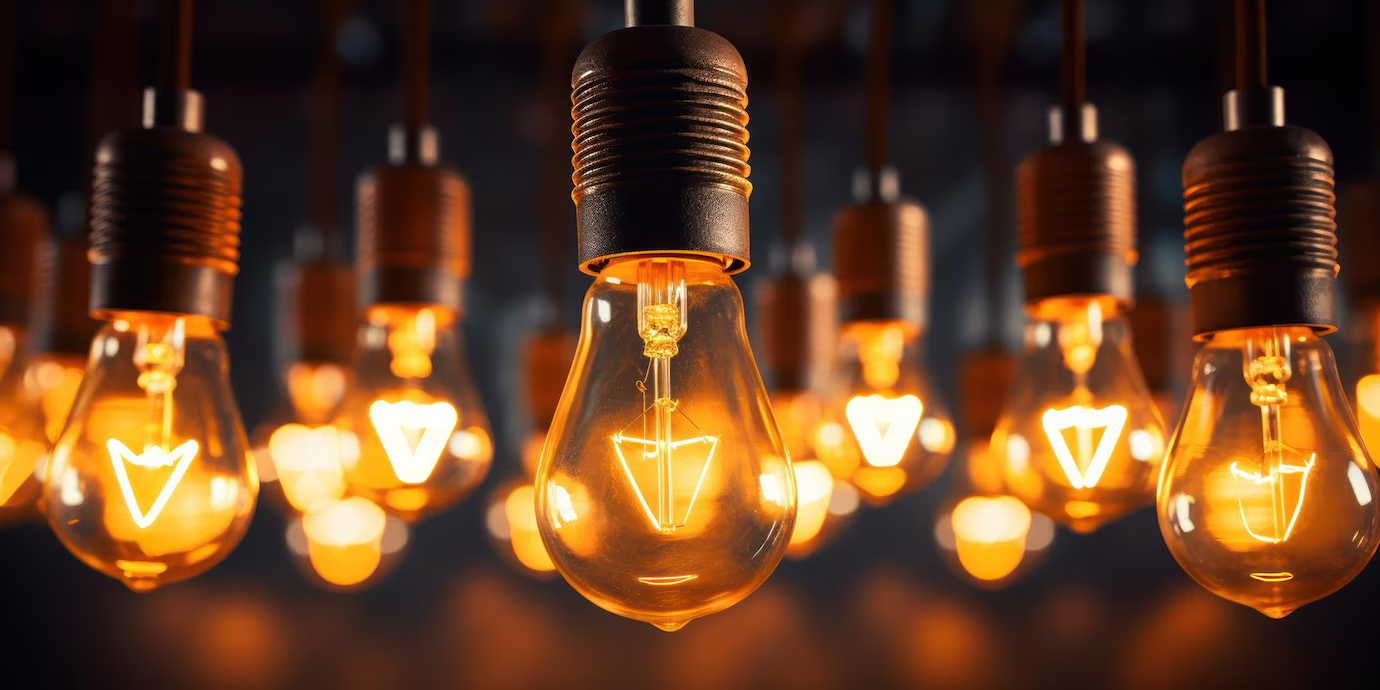
Explore the benefits, lifespan, and environmental impact of CFL bulbs, as well as tips for choosing and disposing of them responsibly.
Introduction
CFL bulbs, short for compact fluorescent lamps, revolutionized the way we light our homes and offices. These bulbs emerged in the late 20th century as a response to the increasing need for energy-efficient lighting solutions. Notably, CFL bulbs utilize significantly less energy than their incandescent counterparts, which makes them an attractive option for environmentally conscious consumers. Furthermore, CFL bulbs are designed to last longer, thereby reducing the frequency of replacements and the associated waste. As we delve deeper into the topic of CFL bulbs, we will explore their energy efficiency, longevity, light quality, environmental impact, cost considerations, applications, and their role in the transition to LED technology.
How CFL Bulbs Work
Understanding how CFL bulbs work provides insight into their efficiency and effectiveness. Essentially, a CFL bulb consists of a gas-filled tube and a phosphor coating on the inside of the glass envelope. When electricity passes through the gas, it produces ultraviolet (UV) light. This UV light then interacts with the phosphor coating, converting it into visible light. This process is fundamentally different from incandescent bulbs, which generate light by heating a filament until it glows. Thus, the mechanism behind CFL bulbs allows them to produce light using significantly less energy while also generating less heat, making them a safer option for various lighting needs.
Energy Efficiency of CFL Bulbs
CFL bulbs shine brightly in the realm of energy efficiency. They consume about 70% less energy than incandescent bulbs while providing the same amount of light. This substantial reduction in energy consumption translates into lower electricity bills for households and businesses alike. Furthermore, the U.S. Department of Energy estimates that if every American home replaced just one incandescent bulb with a CFL, the nation would save enough energy to light more than 3 million homes for an entire year. Therefore, it becomes clear that CFL bulbs not only benefit individual users but also contribute significantly to national energy conservation efforts.
Lifespan of CFL Bulbs
One of the most impressive attributes of CFL bulbs is their lifespan. While traditional incandescent bulbs typically last around 1,000 hours, CFLs can last anywhere from 7,000 to 15,000 hours. This remarkable longevity means that consumers do not have to replace their bulbs as frequently, which in turn reduces waste and the environmental impact associated with manufacturing and disposing of bulbs. Additionally, the longer lifespan of CFL bulbs means less hassle for users, as they do not need to frequently climb ladders or navigate awkward fixtures to change bulbs. As a result, the extended lifespan of CFL bulbs makes them a practical choice for busy households and businesses.
Light Quality of CFL Bulbs
CFL bulbs come in a range of color temperatures, allowing users to choose the light quality that best fits their needs. Color temperature is measured in Kelvin (K) and can range from warm white, which typically falls around 2700K, to cool white or daylight, which can reach 6500K. Warm white CFL bulbs create a cozy, inviting atmosphere, making them ideal for living rooms and bedrooms. Conversely, cool white bulbs produce a brighter, more energizing light that is often preferred for workspaces and kitchens. Consequently, consumers can select CFL bulbs based on their intended use, ensuring they achieve the desired ambiance in their spaces.
Environmental Impact of CFL Bulbs
While CFL bulbs offer numerous advantages, it is crucial to consider their environmental impact. On one hand, their energy efficiency contributes to lower greenhouse gas emissions, making them a more sustainable choice compared to incandescent bulbs. However, CFLs contain a small amount of mercury, which is a toxic substance. Therefore, proper disposal is essential to prevent environmental contamination. Many communities have established recycling programs specifically for CFL bulbs, allowing consumers to dispose of them responsibly. Thus, while CFL bulbs represent a step forward in energy-efficient lighting, it is vital for users to remain informed about proper disposal practices to mitigate any potential environmental risks.

Cost Considerations for CFL Bulbs
When evaluating CFL bulbs, cost considerations play a significant role in consumer decision-making. Initially, CFL bulbs may have a higher purchase price than incandescent bulbs, but the energy savings quickly offset this initial investment. For example, while a typical incandescent bulb might cost around $1, a CFL bulb may cost $2 to $3. However, the savings on electricity bills, coupled with the longer lifespan of CFL bulbs, can lead to substantial financial benefits over time. In fact, consumers can save anywhere from $30 to $100 over the life of each CFL bulb, making them a smart financial choice. Thus, the upfront cost of CFL bulbs should not deter consumers; instead, they should view it as a worthwhile investment in energy efficiency.
Applications of CFL Bulbs
CFL bulbs are versatile lighting solutions suitable for a variety of applications. They can be used in standard light fixtures, table lamps, wall sconces, and even outdoor lighting. However, it is essential to check compatibility with enclosed fixtures, as not all CFLs are suitable for such applications. Additionally, some CFL bulbs are designed for dimmer switches, providing users with greater control over their lighting environment. This versatility makes CFL bulbs ideal for both residential and commercial settings, ensuring that users can find the right bulb for their specific needs.
Instant Brightness of CFL Bulbs
One of the improvements seen in modern CFL bulbs is their ability to reach full brightness more quickly than earlier models. Many contemporary CFLs achieve a reasonable level of brightness almost instantly, although they may still take a few seconds to warm up fully in cooler temperatures. This characteristic allows users to enjoy immediate illumination without the frustration of waiting for the light to reach its peak brightness. Consequently, this feature enhances the overall user experience, particularly in spaces where instant light is essential, such as kitchens and bathrooms.
Transition from CFL to LED Technology
As technology advances, many consumers are transitioning from CFLs to LED bulbs. LED technology offers even greater energy efficiency, longer lifespans, and a wider variety of options in terms of color temperature and brightness levels. For instance, while CFLs last up to 15,000 hours, LED bulbs can last upwards of 25,000 hours or more. Additionally, LED bulbs consume about 80% less energy than incandescent bulbs, making them an even more attractive option for environmentally conscious consumers. However, this does not diminish the value of CFLs, as they still provide significant benefits in energy savings and longevity.
The Future of CFL Bulbs
The future of CFL bulbs appears to be closely tied to the ongoing advancements in lighting technology. While many consumers have embraced LED bulbs, CFLs continue to hold a place in the market, particularly for those seeking affordable energy-efficient lighting solutions. Furthermore, manufacturers are continually working to improve the design and functionality of CFL bulbs, aiming to enhance their brightness, energy efficiency, and user-friendliness. This commitment to innovation ensures that CFL bulbs will remain relevant, even as new technologies emerge.
Advantages of CFL Bulbs
When examining the advantages of CFL bulbs, several key factors stand out. First and foremost, their energy efficiency significantly reduces electricity costs, making them an economical choice for consumers. Additionally, their longer lifespan translates to less frequent replacements, which not only saves money but also reduces waste. Furthermore, CFLs emit less heat compared to incandescent bulbs, contributing to improved safety in various settings. These benefits, combined with the versatility of CFL bulbs, make them a compelling option for a wide range of applications.
Disadvantages of CFL Bulbs
Despite their many advantages, CFL bulbs also come with some disadvantages that consumers should consider. As mentioned earlier, they contain a small amount of mercury, which necessitates careful disposal to prevent environmental contamination. Furthermore, some users may find that CFLs do not perform as well in extreme temperatures, particularly in very cold environments. Additionally, while many modern CFLs reach full brightness quickly, some older models may take longer to warm up, which can be frustrating for users seeking immediate illumination. Thus, consumers should weigh these drawbacks against the benefits when deciding whether to use CFL bulbs.
How to Choose the Right CFL Bulb
Choosing the right CFL bulb for your needs involves considering several factors. First, evaluate the wattage required for your specific application. Remember that CFLs are available in various wattages, allowing you to select a bulb that delivers the desired brightness. Next, consider the color temperature that best suits your environment. For instance, warmer temperatures create a cozy atmosphere, while cooler temperatures promote productivity. Lastly, be sure to check compatibility with fixtures, especially for enclosed or dimmable applications. By taking these factors into account, you can make an informed decision when selecting CFL bulbs.

Proper Disposal of CFL Bulbs
Proper disposal of CFL bulbs is crucial to minimize their environmental impact. Due to the presence of mercury, it is essential to avoid throwing them in the regular trash. Instead, many communities offer recycling programs specifically designed for CFLs, allowing consumers to dispose of them safely. These programs ensure that the bulbs are handled correctly and that the mercury is recycled or disposed of in an environmentally responsible manner. Therefore, consumers should take the time to research local disposal options to ensure they are acting responsibly when it comes to CFL bulb disposal.
Conclusion
CFL bulbs represent a significant advancement in the quest for sustainable lighting solutions. Their energy efficiency, longevity, and versatility make them a valuable choice for consumers seeking to reduce their environmental footprint while enjoying quality illumination. While the transition to LED technology is on the rise, CFLs continue to serve as a reliable option for many households and businesses. By understanding the benefits, drawbacks, and proper disposal methods associated with CFL bulbs, consumers can make informed decisions that contribute to a more sustainable future.
Read also: architectural digest Journey into the World of Design and Architecture





